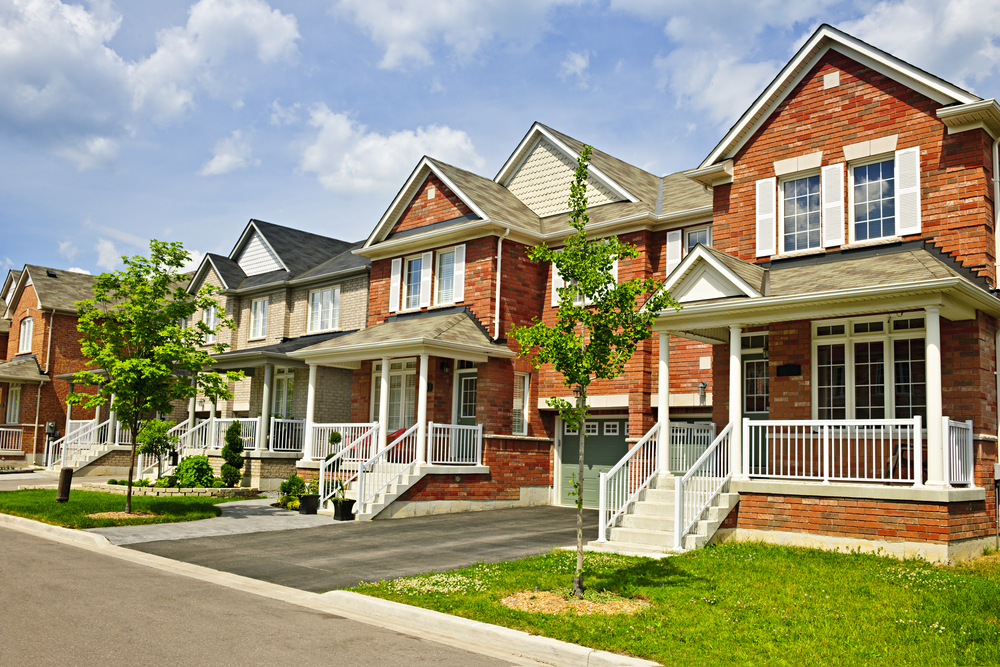
How to interpret neighbourhood red flags
By Lucas on Aug 11, 2017
Thinking of moving to a new, unfamiliar neighbourhood? There are a few red flags you should watch out for, but that said, the scenario is different when you’re considering buying in a neighbourhood with a new construction development underway.
First of all, let’s take a look at a few neighbourhood red flags:
1) Too much vacant retail space
If every other storefront is vacant, there must be a reason. Either the property isn’t managed well by the owner, the rent is too high, or the residents of the community aren’t invested enough to shop local and support independent retailers.
2) Large amount of homes for sale
If there are many vacant homes and homes for sale in the neighbourhood, it could be because families are trying to escape something like crime issues. There could also be something wrong with the homes.

3) Surrounding properties in disrepair
Take a walk or drive around the neighbourhood and pay close attention to the condition of other homes, storefronts, and any other buildings. If you find that many are in disrepair, then the neighbourhood may not be for you. You want to live in a place where owners and tenants care about their property.
4) Lack of transit
Ideally, the neighbourhood scores high on Walkscore.com and has a good Transit Score, too. If the neighbourhood forces you to depend too much on your car, then perhaps the area hasn’t been planned very well. That said, there are people who prefer driving or want to live in more secluded areas, so this red flag doesn’t apply to everyone.
New home communities can make a big difference

We see a lot of posts highlighting neighbourhood red flags, but we feel like most of the red flags apply more to the resale market because of how much of a difference a new development can make.
When it comes to vacant retail space, a new condo development or low-rise housing community could attract more businesses and retailers to the neighbourhood. More housing means there will be more people to support local businesses.
In some cases, new developments are also a sign of growth and stability. This could encourage some families to stay in their homes because they are more confident in the future of the neighbourhood.
Same goes for the condition of properties. We can’t say that surrounding properties will suddenly look better when a new development is constructed, but the significant investment in the neighbourhood can inspire others to step up their game.
Walkability and transit can also be improved by new developments. The Canary District in Toronto is a perfect example. Before Dundee Kilmer started construction, there was nothing there. The master-plan includes new retail, roads, transit, an 18-acre park, a YMCA, and many market condo units. And you can bet that Corktown, a neighbouring area, has also benefitted from the new community.
So, if you’re thinking of moving into a new, unfamiliar neighbourhood, keep these red flags in mind, but also consider whether there is a new development in the area that will potentially make a significant impact.


